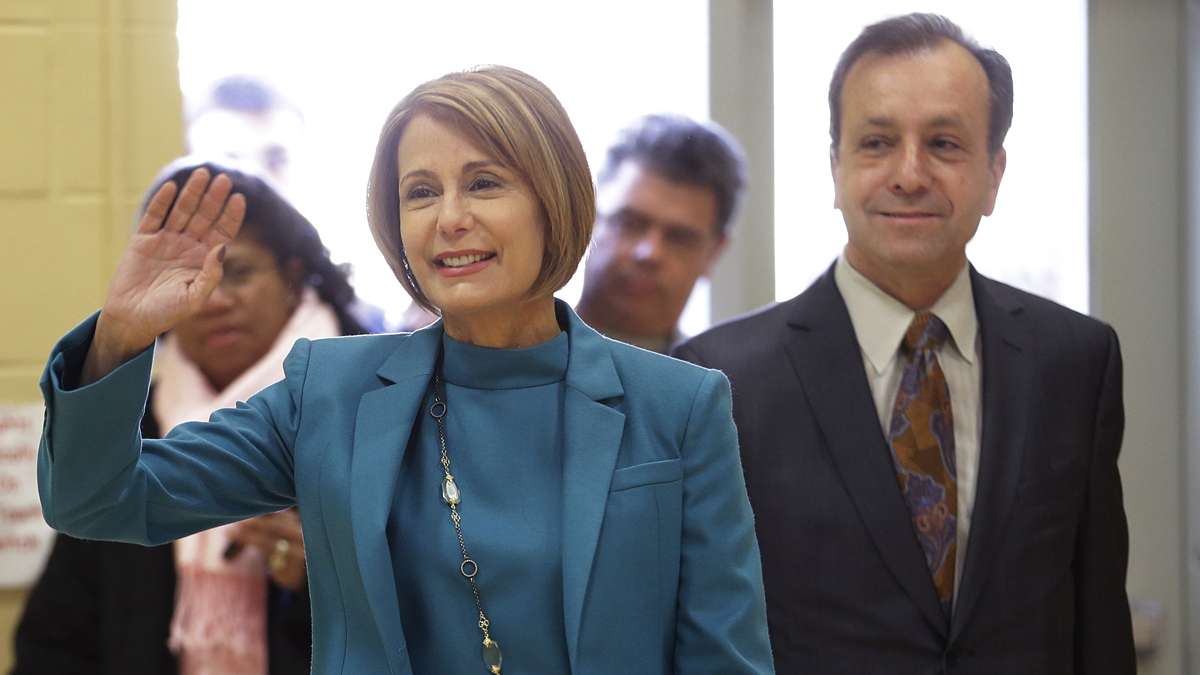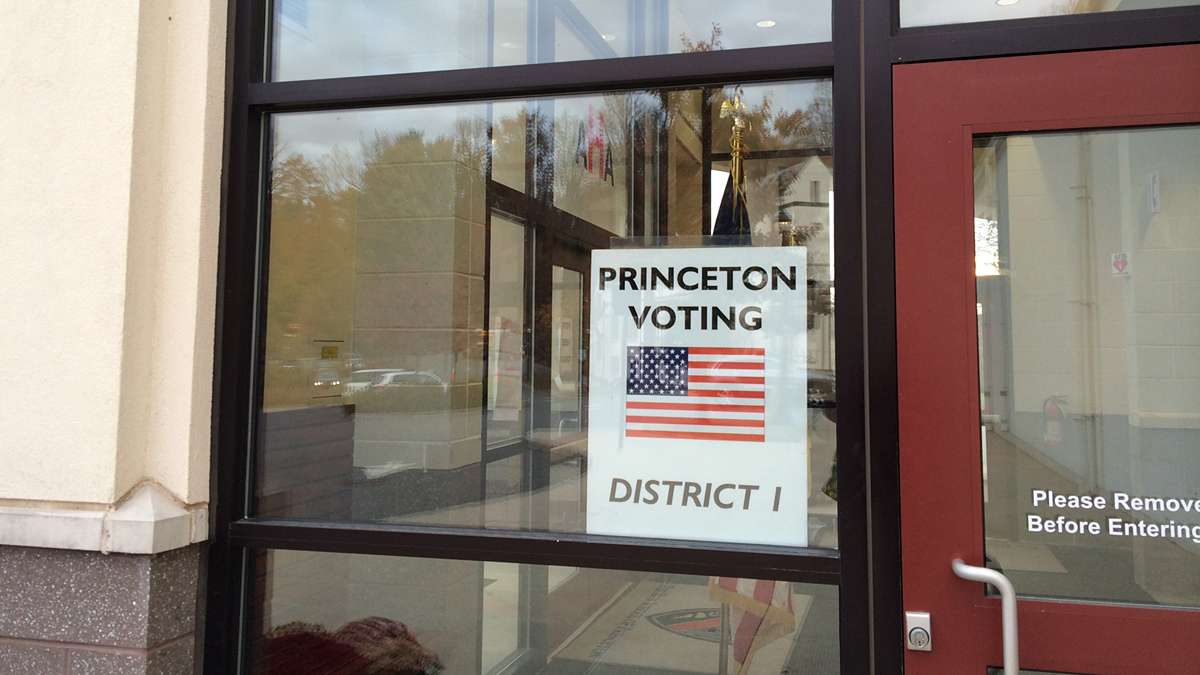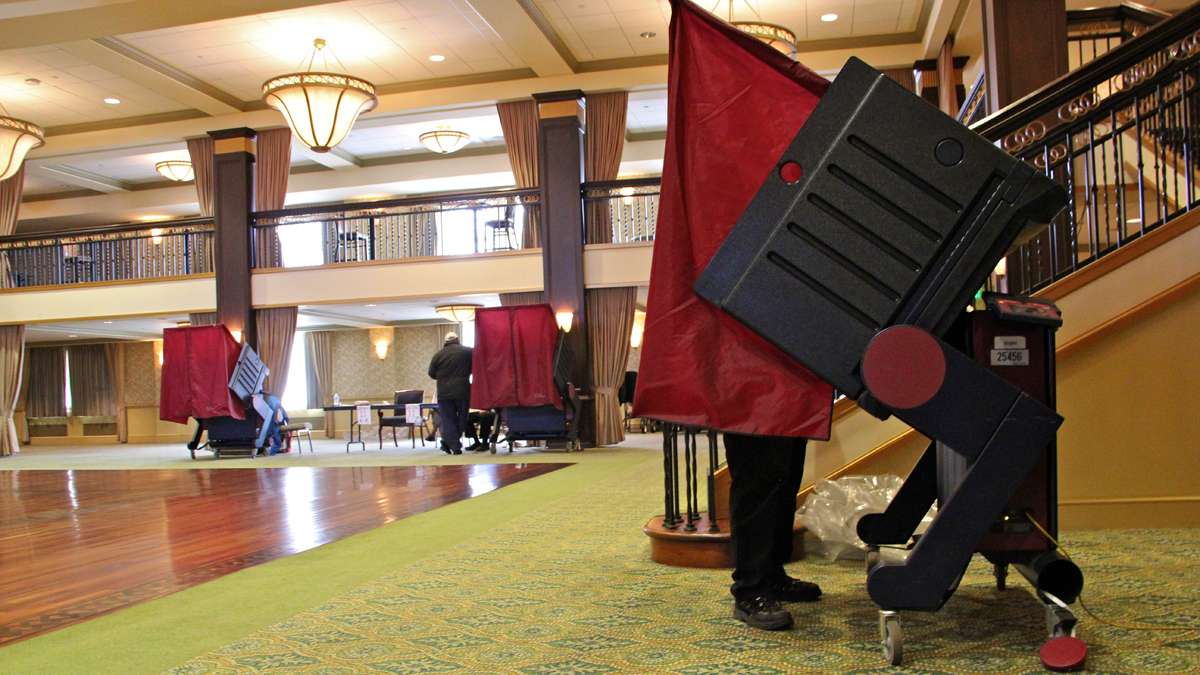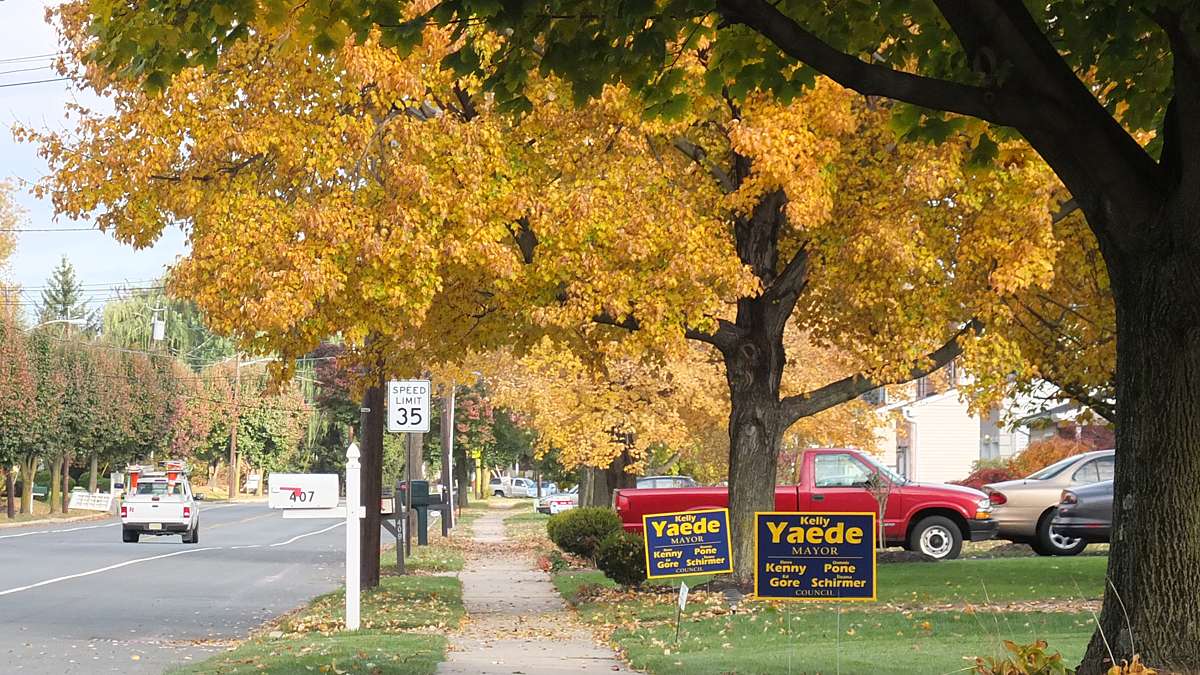At Philly medical education conference, doctors rethink role and identity in health care
Thousands of medical educators, doctors and students are in Philadelphia this week, assessing how they can better teach, learn and practice medicine amid sweeping changes in health care. And that may very well mean rethinking what it means to be a doctor.
A dominant theme at the Association of American Medical Colleges‘ conference has been encouraging more effective models of team-based care. Dr. David Sklar, chief of the association’s journal, led a standing room-only discussion, posing simple but provocative questions.
For instance, “What is a doctor, what is a nurse?”
The answer has become more complicated, Sklar said, as training, treatment and payment models change — and as it becomes clear there won’t be enough doctors to provide all the care that will be needed in the coming years. Physicians may be forced to reassess their roles and identities.
“The idea that the doctor is at the top of the pyramid, and that the nurses are sort of lower down, is probably not a good way to think about it,” said Sklar. “In a lot of areas of health care, seeing it as a circle and working as a team all linking together is a more powerful metaphor for us than this pyramid kind of metaphor.”
Julie Sochalski, an associate professor of nursing at the University of Pennsylvania, also took part in the conversation. Sochalski, who has an essay featured in AAMC’s journal this month, said the better question to examine is not what is a nurse or what is a doctor, but rather, what is nursing and what is doctoring.
“There are ways that, as a group working together, we can actually be more effective, more productive and provide better care for our patients,” she said.
Meanwhile, Jenny Banh, a fourth-year medical resident in California, said while medical education is putting more of a focus on the team approach, boundaries aren’t always clear in practice.
“I was always taught you were the leader of the group as a physician. I don’t know if that’s the idea, I’m not sure. Because things are changing,” she said.
Schools are working to address these evolving roles with new classes and clinical training, said Sklar and Sochalski. But the challenges include issues of licensing, reimbursements, responsibilities and liabilities.
WHYY is your source for fact-based, in-depth journalism and information. As a nonprofit organization, we rely on financial support from readers like you. Please give today.














